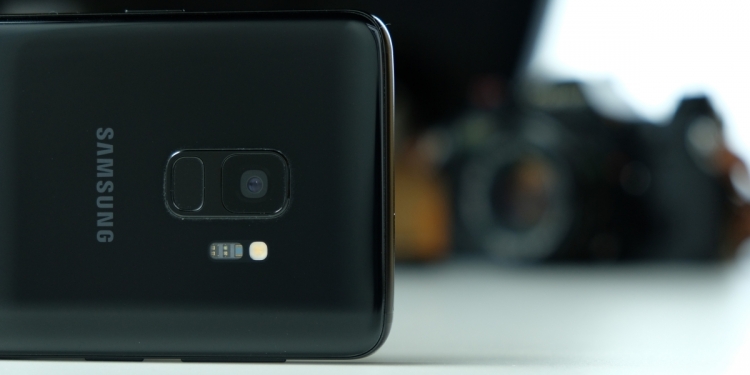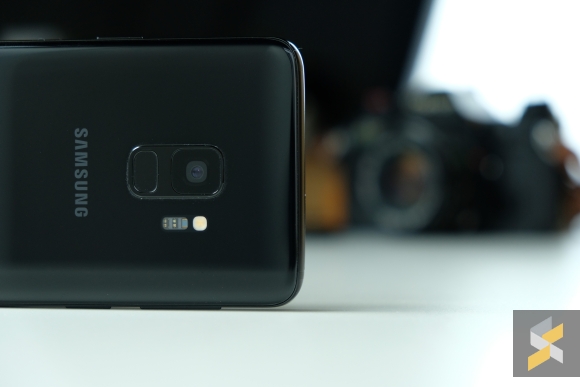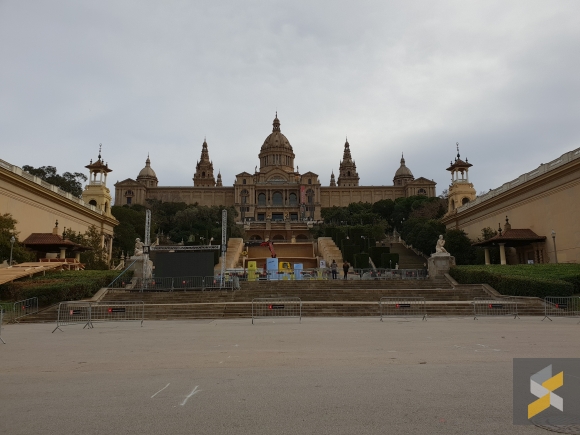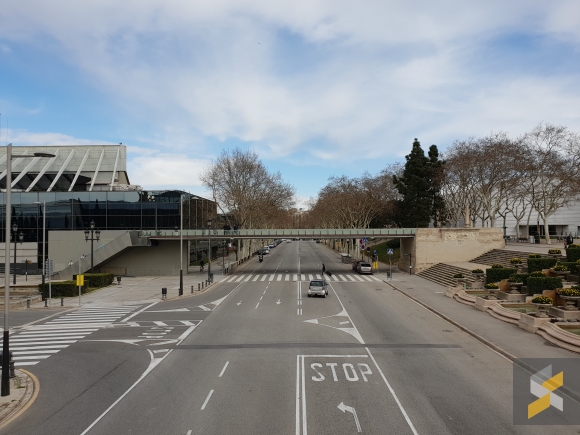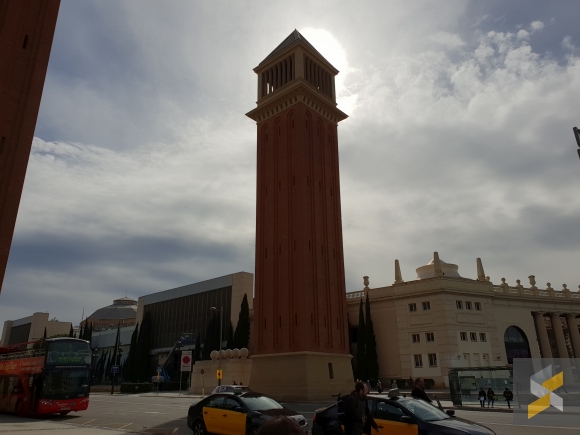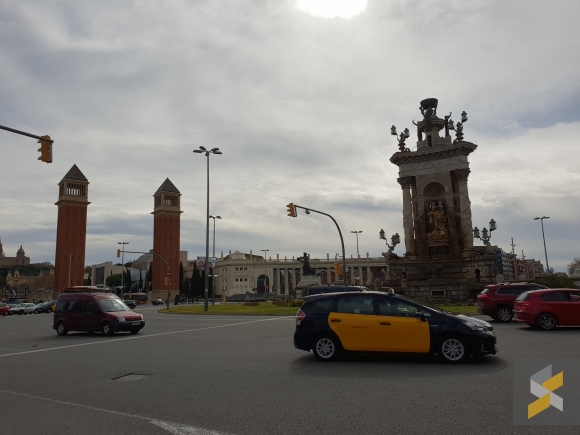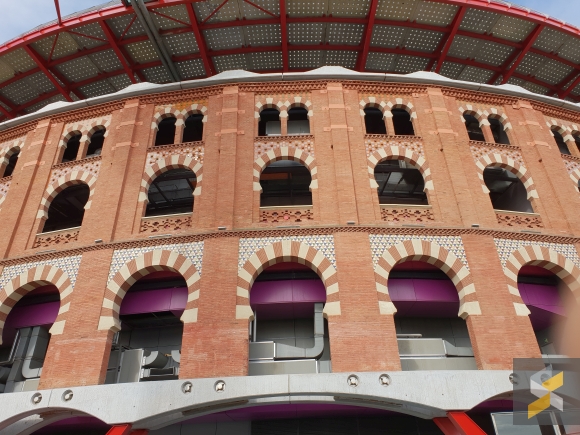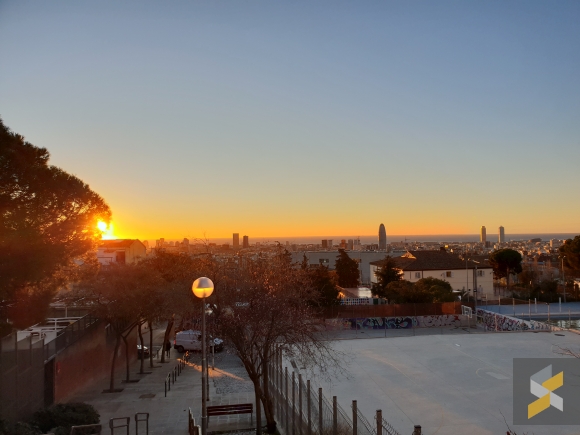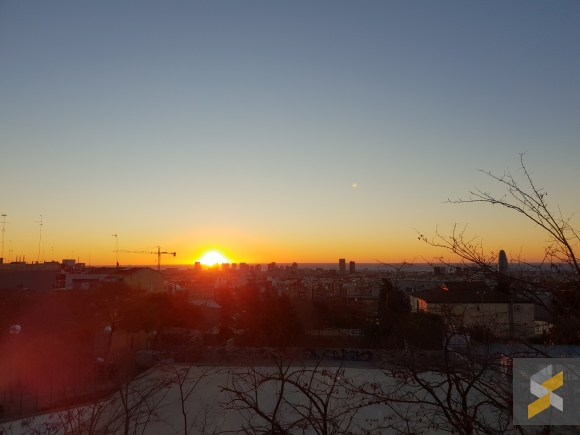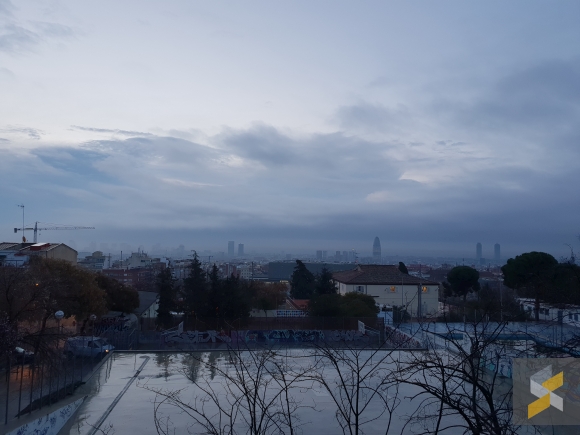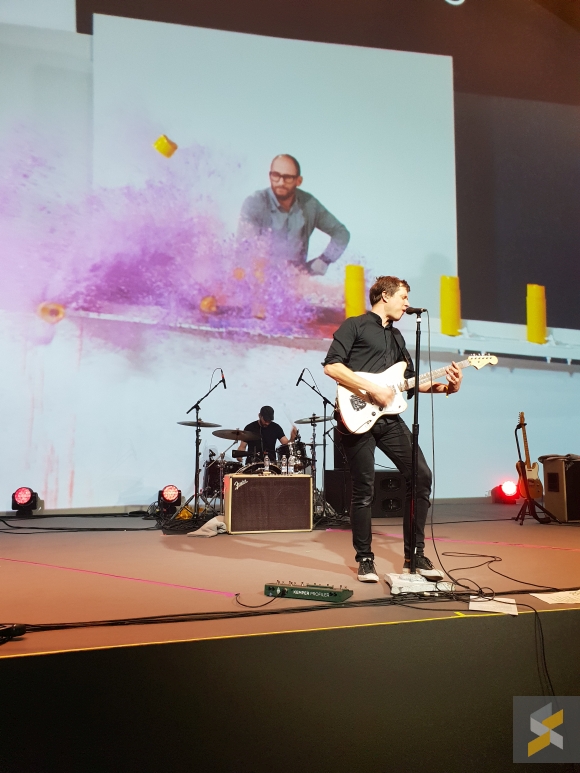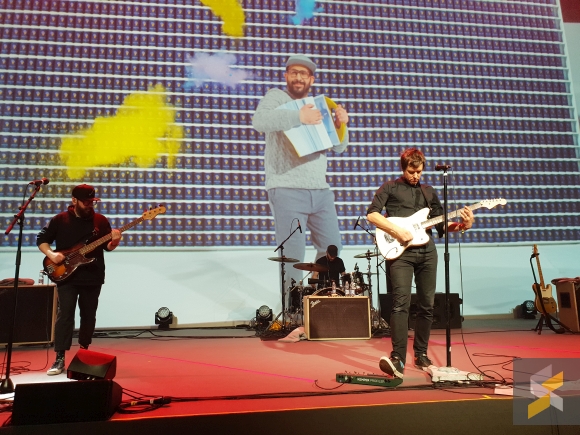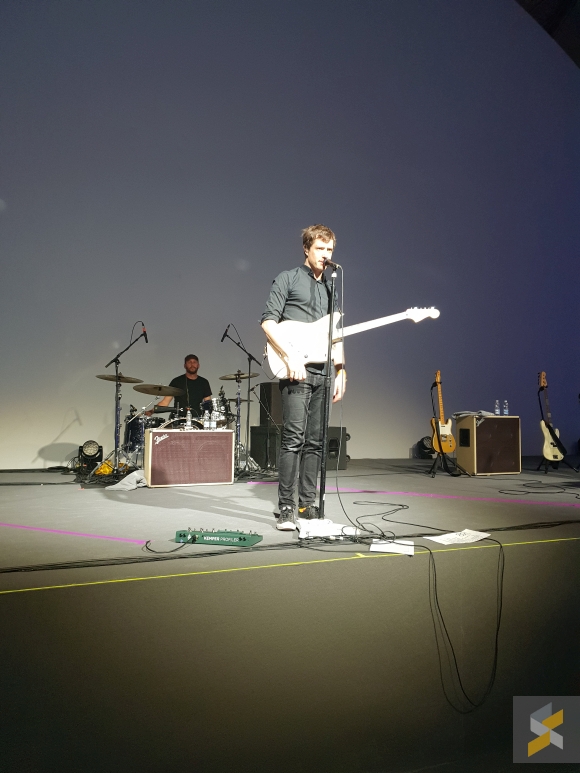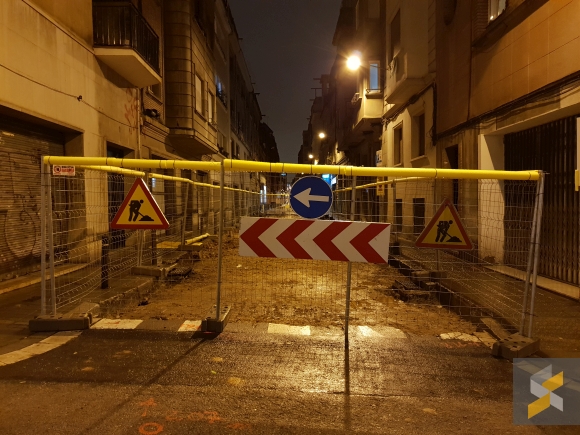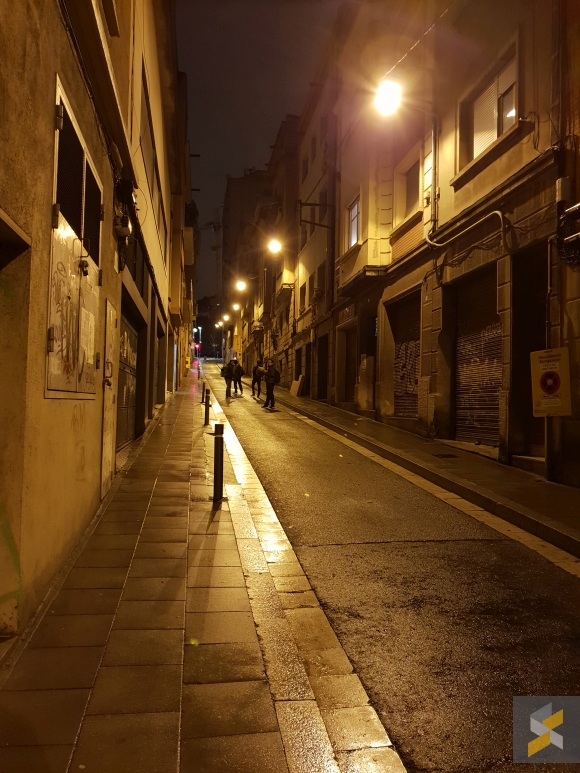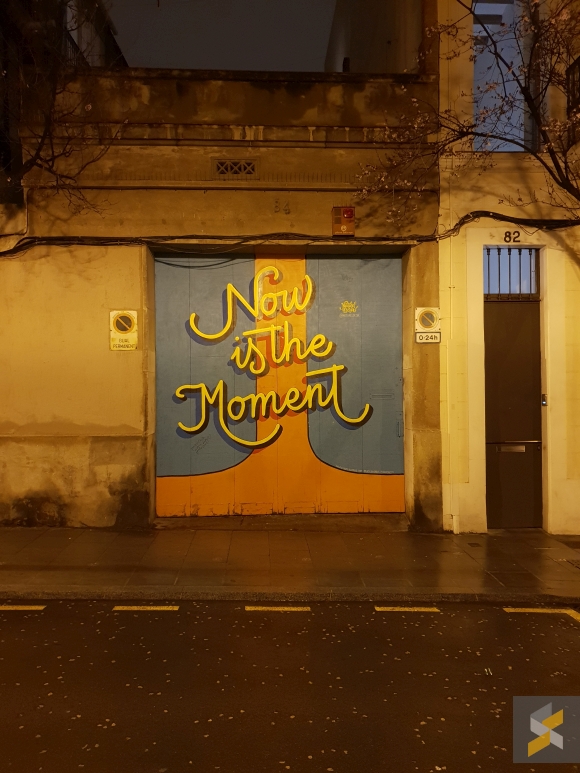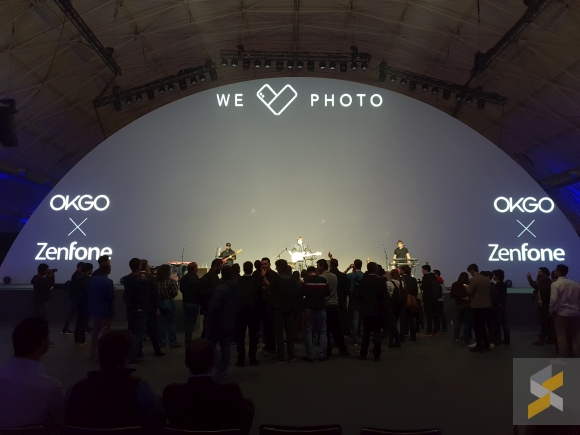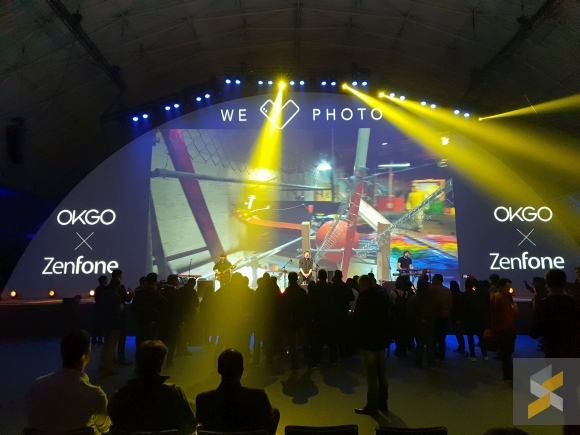“The Camera. Reimagined” is the big tagline Samsung uses for their flagship Galaxy S9 and S9+. Of course, Samsung’s new flagship smartphones do come with a highly advanced camera module that we’ve never seen on a mass-produced handset before — which I guess does count as “reimagining” — but what does that actually mean? Does the Galaxy S9 actually take such incredible photos that it deserves the lofty assumptions that tend to come with a “reimagined” camera?
Well, see for yourself, as we take the Galaxy S9 on a quick tour of Barcelona before we left for our flight home.
The interesting thing about the Samsung Galaxy S9’s camera module is its variable aperture — making it only the second phone to have one. On the Galaxy S9, the camera has actual aperture blades that allow it to switch between a super big f/1.5 aperture (to let in a lot of light for low-light shots) and an f/2.4 aperture (smaller f-stop tends to be sharper).
Samsung’s Galaxy S9 does this switch automatically depending on the lighting conditions (f/1.5 for dark environments, f/2.4 for bright environments) but you can also manually flick between them when you use the camera in “Pro” mode. Since it’s a smartphone camera, we left it on Auto and let the software decide which was the best aperture for the scene.
We didn’t have a lot of time to capture images because we were rushing to get a whole bunch of shots together between the handful of flagship smartphones we had on hand for a comparison (foreshadowing), but we did our best to put it through at least three different lighting scenarios.
Feel free to click on each image to view its full resolution.
Bright light
As a whole, I think the Galaxy S9 does really well in good lighting…which probably comes as no surprise to anybody. It does a great job at retaining the natural colours of the scene and images come out nice and sharp. These photos were all captured with the camera at f/2.4 aperture.
This shot of the tower is just mighty impressive considering it was captured with a smartphone camera. The background (sky) was really brightly lit with the sun tucked behind the relatively dark foreground image (tower). We shot this to test the Galaxy S9’s HDR capability and I was honestly surprised it managed to pull that much from the foreground.
This was shot to see how well the Galaxy S9 could retain the details in the bricks and the finer design elements in the building’s bodywork. If you punch in, you can see that it does a pretty solid job at this without much of the ugly over-sharpened look we’re used to seeing on Galaxy smartphone cameras.
Moderate light
Here, image quality is a little bit more of a mixed bag but I’d still say these photos still look great for a smartphone camera. Despite some scenes being pretty dark, I was surprised that the Galaxy S9 defaulted to the f/2.4 aperture lens in all but one of these photos.
This cloudy horizon scene was pretty dark, but the camera still used an f/2.4 aperture on the lens. You can see luminance noise in the shadows, but you can only see it when you really punch in. You will also notice that there is a lot of sharpening happening — my guess is that they do that to offset the noise reduction — around the edges of buildings. It looks good from far, but I’m not personally a big fan of software sharpening.
This last shot of OK GO’s Damian Kulash is my least favourite shot of this lighting set. The highlights on the guitar is blown way out (compared to the other two nearly identical shots) which isn’t pleasing to my eye. Interestingly, despite the bright spotlight, this is the only shot in the moderate lighting scene that uses the f/1.5 aperture instead of f/2.4.
Low light
Now, for the really dark stuff. The Galaxy S9 shot all of these images with the lens set to its f/1.5 aperture setting, which makes sense considering a lot of these scenes are really dark.
Overall, I like a lot of these images. Sure, there’s quite a lot of luminance noise in the really dark bits (sky, crowd) but Samsung’s Galaxy S9 managed to retain the colours of the scene really well. There’s hardly any noticeable shift in colour (or colour noise) except for the parts with lens flare but that’s to be expected.
There’s also more sharpening going on — I suspect because of the noise reduction and the generally softer images produced with the lens wide open — but I don’t think it’s overbearing. Definitely top marks for low-light.
You will notice that there’s some motion blur because of the slower shutter speed so you will still want to stay away from fast-moving subjects in the low light.
Conclusion
Probably as a surprise to nobody, the Galaxy S9 takes excellent photos for a smartphone camera. But is it significantly better than the other top dogs that you can officially buy in Malaysia like the Huawei Mate 10 and iPhone X? There’s only one way to find out and that’s with a comprehensive camera comparison.
And we’re working on it so stay tuned for that!
In the meantime, let us know what you think of these photos captured with the Samsung Galaxy S9’s camera in the comments below.
Learn more:
Samsung Galaxy S9 specs
Samsung Galaxy S9 first impressions
9 things you need to know about the Samsung Galaxy S9
Samsung Galaxy S9 telco plan comparison

